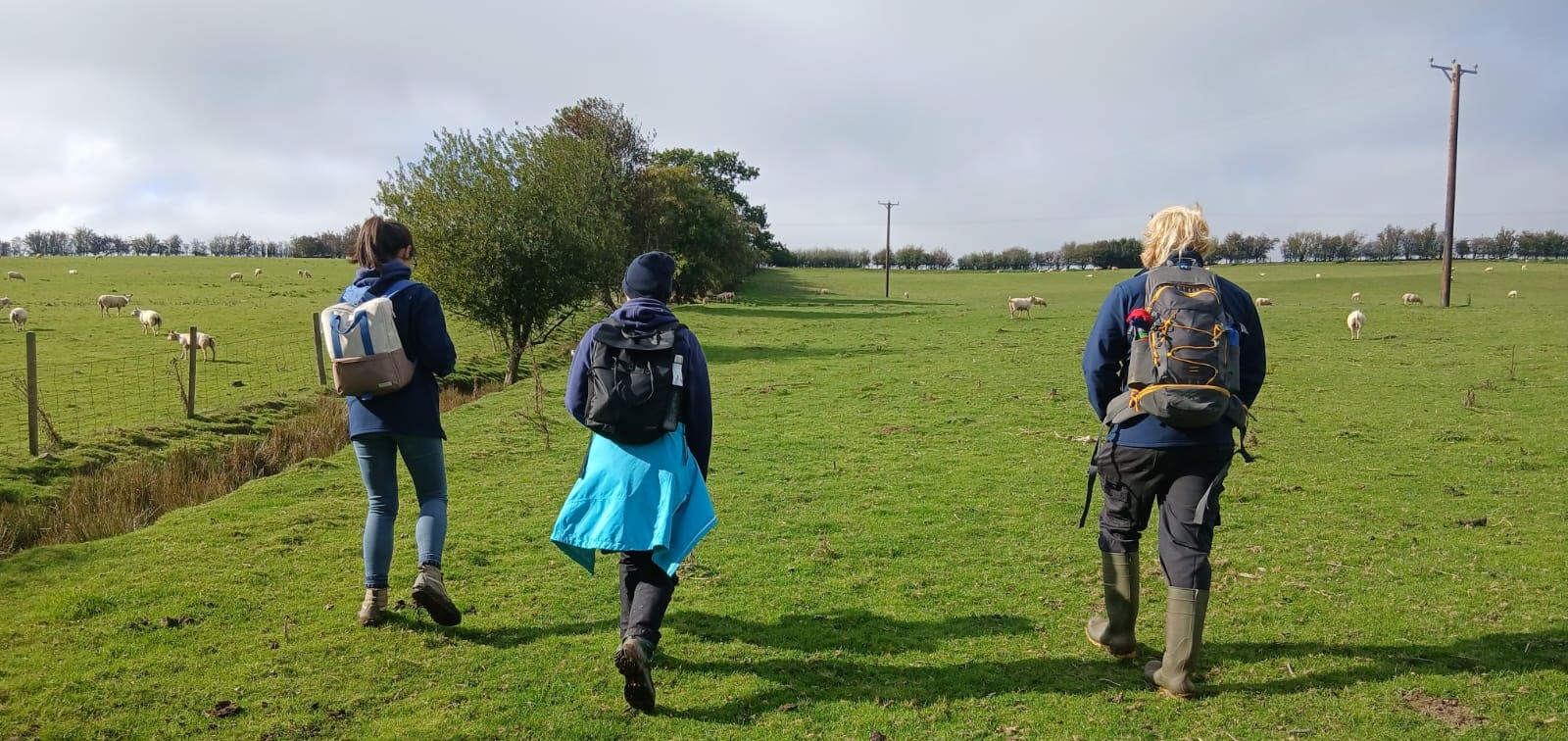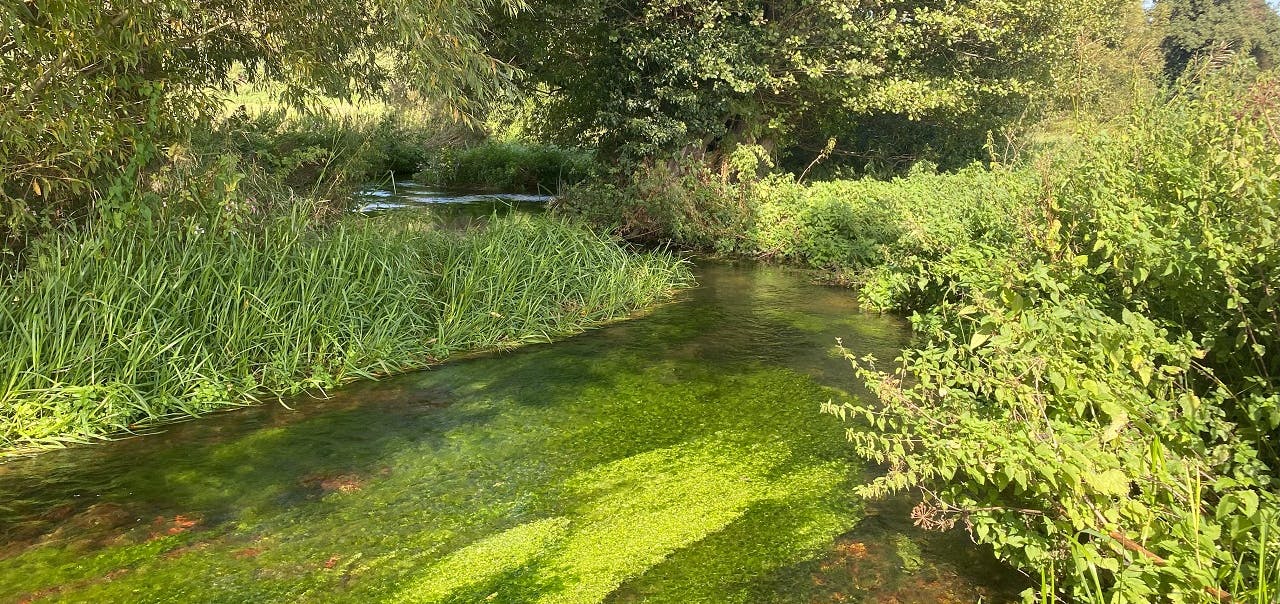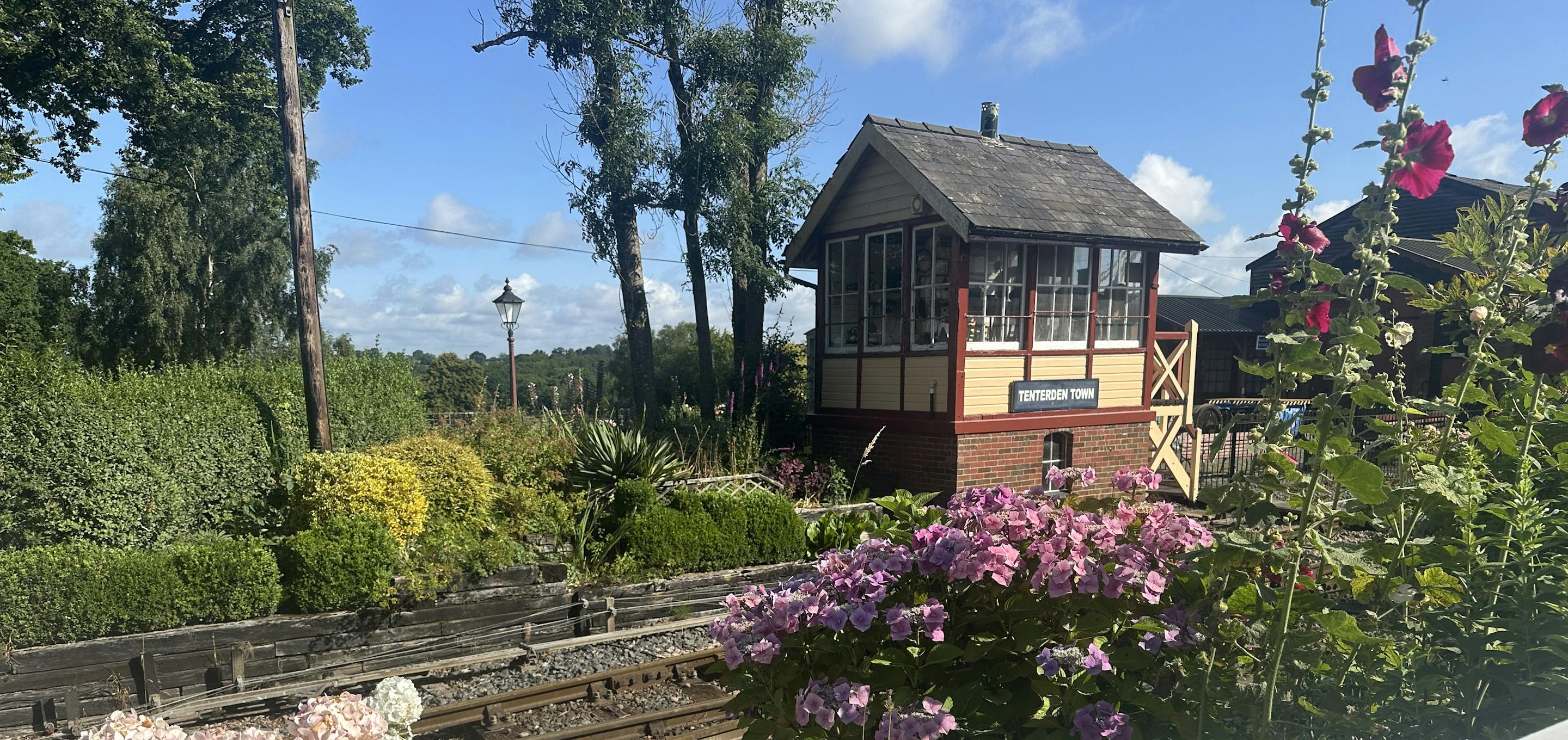
Green Finance Potential in Clun Catchment - FINCH
As the 2025 survey season draws to a close, our team has been carrying out UKHab surveys across the Clun Catchment in Shropshire, supporting the Natural England and Shropshire Wildlife Trust FINCH Project (Facilitating Investment in Natural Clun Habitats). The project aims to explore how green finance and enterprise solutions can support both farmers and biodiversity in one of England’s most ecologically important river catchments.
The River Clun and Its Importance
The River Clun is a tributary of the River Teme, itself the second-largest tributary of the River Severn. The Clun has been designated as both a Special Area of Conservation (SAC) and a Site of Special Scientific Interest (SSSI) due to its population of the Freshwater Pearl Mussel, a species that is highly sensitive to elevated levels of sediment and nutrients such as nitrogen and phosphorus.
Unfortunately, these pressures—largely linked to agricultural runoff and land use—have contributed to the decline of this species across the UK. The Clun Catchment is one of five pilot areas where Natural England is exploring how future Protected Sites Strategies (PSS) can successfully balance environmental protection with sustainable land management and rural enterprise.

About the FINCH Project
The FINCH Project (Facilitating Investment in Natural Clun Habitats) supports local farmers and landowners in identifying opportunities for green finance—funding mechanisms that reward nature-positive land management. The project’s goal is to develop models where environmental improvement and economic resilience go hand in hand.
Our role within FINCH has involved meeting with landowners to discuss their awareness of existing green finance income streams, exploring current land management practices, and assessing their openness to habitat enhancement on their sites.
Surveying the Landscape
Throughout the 2025 season, our ecologists surveyed 14 landholdings covering over 1,800 hectares across the Clun Catchment. The landscape is largely agricultural, dominated by sheep and cattle grazing and croplands, interspersed with hedgerows, woodland parcels, and watercourses.
Each survey assessed the diversity, condition, and extent of habitats, including hedgerows, grasslands, woodlands, ditches, streams, and ponds. The data collected will inform tailored recommendations for each landholding—identifying where habitat improvements could deliver both biodiversity gains and financial benefits through green investment opportunities.

Early Findings and Next Steps
Initial survey findings have revealed a rich and varied landscape, featuring veteran trees, ancient woodlands, and other valuable habitats that provide critical refuges for wildlife. These features, along with opportunities for habitat enhancement, form a strong foundation for developing green finance mechanisms that can support both the natural environment and the farming community.

As the season transitions into winter, the team will be analysing and mapping the data using QGIS, preparing reports for participating farmers, and identifying how habitat improvements could align with wider Protected Sites Strategy goals.
The FINCH project represents an exciting step forward in connecting ecology, farming, and finance, helping to shape a future where nature recovery and rural livelihoods thrive together.


